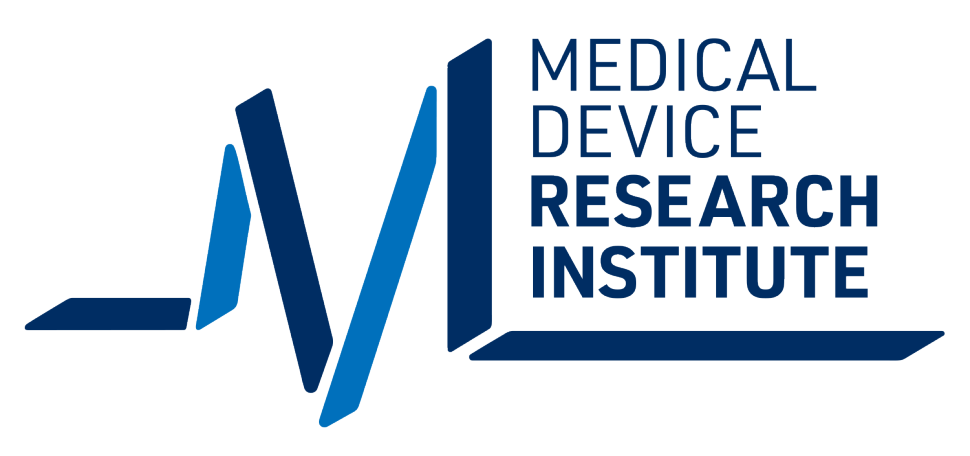Doctor of Philosophy (PhD) in Engineering
Undertake a PhD in Engineering at Flinders
Mastermind ingenious solutions to everyday problems
- Design video games and devices to assist children with cerebral palsy.
- Develop tools to help assess the performance of existing and new designs of hip and knee replacement.
- Investigate the causes behind profound disturbances in breathing and sleep.
- Work to design new concrete from recycled plastics.
Undertake an Engineering research-based higher degree at Flinders, and you’ll have the opportunity to work with engineers and clinicians, health researchers and web developers, designers and users, industry and government to collaborate on creative solutions to address global challenges in health, transport, defence and industry 4.0 manufacturing.
I am an
International Student
Australia or New Zealand.
I am a
Domestic Student
I'm an Australian Permanent Resident
(including Humanitarian Visa holders).
Doctor of Philosophy (Engineering)
Duration: 4 years
Delivery mode:
In Person
Location:
Bedford Park
CRICOS code: 011338E
Annual fees:
2025: $42,700
Master of Engineering
Duration: 2 years
Delivery mode:
In Person
Location:
Bedford Park
CRICOS code: 010609F
Annual fees:
2025: $45,500
Doctor of Philosophy (Engineering) / Master of Business Administration (Future Business)
Duration: 5 years
Delivery mode:
In Person
Location:
Bedford Park
CRICOS code: 113538D
Annual fees:
2025 MBA (Future Business): $42,700
2025 PhD (Engineering): $42,700
Why undertake a PhD in Engineering at Flinders
- Complete your research under the supervision of nationally and internationally recognised engineers and scientists
- Rated ‘Well above world standard’ in materials engineering in the 2018 Excellence in Research for Australia (ERA) assessment
- Access Flinders at Tonsley, where Flinders engineering is co-located with the highly esteemed Medical Device Research Institute, the Centre for Defence Engineering Research and Training (CDERT) as well as some of Adelaide's biggest businesses and industries
- Boost your expertise and career prospects, and become an expert in your area of specialisation
- Apply your research to the real world with Flinders’ expansive network of industry, government and scientific partners
- Utilise Flinders’ cutting-edge equipment and state-of-the-art facilities at Tonsley
- Defence and Maritime are offering full PhD scholarships with a $10,000 top up to students who meet the selection criteria. For further information contact Professor Sam Drake.
PhD opportunities
With the guidance of an expert supervisor, take the opportunity to leverage Flinders’ extensive industry connections and plug into our $120 million hub of innovation and entrepreneurship at Tonsley.
Your chosen research area is flexible, and ultimately agreed between you and your supervisor. Areas of focus could include:
- Biomedical Engineering
- Civil and Environmental Engineering
- Mechanical and Materials Engineering
- Robotic, Electrical and Electronic Engineering
- Or another area of interest in consultation with your supervisor.
You will drive a project that creates valuable new scientific knowledge; with the ultimate goal of finding economic and environmental solutions to real world problems.
You’re not here to reinvent the wheel – you’re here to reimagine the wheel, to progress the wheel, to dynamize the wheel, and to take it to places it’s never been before.
Hear about graduate Robert Trott's thesis
Your career
A PhD in Engineering will position you as an expert in your area of specialisation. A PhD is a stepping stone to professional research or as a highly sought-after expert in the private or public sector in Australia or internationally. This prestigious degree will equip you with valuable skills in communications, time management and organisation transferrable to any role.
Potential occupations include:
- Professional researcher
- Consultant or advisor
- Senior or lead engineer
- Project manager
- Academic
Potential employers include:
- Lockheed Martin
- BAE Systems Australia
- Department of Science and Technology Group (DST)
- Australian Space Agency
- Universities
- Government agencies including security, commerce and health
- Naval shipbuilding
- SAAB Australia
Medical Device Research Institute
The Medical Device Research Institute (MDRI) aims to develop innovative solutions to a range of healthcare problems including: new assistive technologies to make rehabilitation more engaging and build independence for people living with impairments; developing personalised models and new medical devices to improve surgery successes and big data to better understand Australian health.
To achieve this, we are bringing great minds together; engineers and clinicians, health researchers and web developers, designers and users, industry and government to collaborate on creative solutions to address global healthcare challenges.

Centre Defence Engineering Research and Training (CDERT)
Centre for Defence Engineering Research and Training (CDERT) is to bring our research strengths to bear, to develop world-leading academic knowledge and capability in key disciplines that make up defence engineering and technology.
Working together with our partners in the defence industry, both in Australia and in allied nations, CDERT is focused on the provision of research, training and consultancy excellence. Our research objective is to work with our partners to find innovative practical solutions to real-world defence problems. Our training programs are designed to meet the rapidly growing demand from our partners, to build a highly-skilled workforce supporting the uptake of advanced technologies driving industrial transformation.
Our strong collaboration with the defence industry, coupled with our research strengths in key disciplines and our unique research facilities, support our capability in conducting world-class research and in achieving impact.

Potential research supervisors
Flinders academic staff are recognised experts in their specialised Engineering fields. They are embedded in real-world applications of research, with extensive knowledge, networks and industry partners to support PhD students and deliver exciting and valuable research outcomes. Get in touch with a supervisor of your choice today, to discuss your area of interest, and start on your path to thought leadership.
Dr Amir Zanj
Associate Professor Egon Perilli
Dr Tom Vincent
Learn what to prepare before approaching a potential research supervisor.
Learn what to prepare before approaching a potential research supervisor.
Ready to find the perfect supervisor for your research journey?
Explore Research @ Flinders.
Enquire now
Review answers to regularly asked questions about applying for a higher degree by research (FAQs).
After reviewing the Study HDR web pages and FAQs above, if you still have questions that have not been answered, complete the form. You must provide details about the Reason for your enquiry in the text box 'Ask a question here’.
For queries relating specifically to a project, direct your enquiry to the College where you plan to study.
![]()
Sturt Rd, Bedford Park
South Australia 5042
South Australia | Northern Territory
Global | Online
CRICOS Provider: 00114A TEQSA Provider ID: PRV12097 TEQSA category: Australian University








